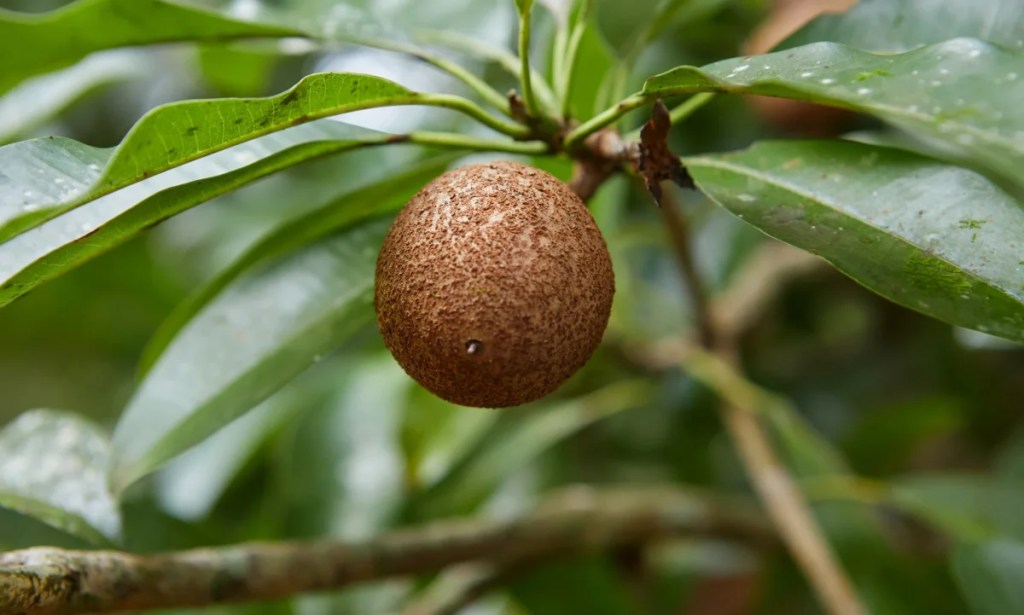Yes, sapodilla is safe for dogs to eat with proper preparation. The sapodilla, also known as chikoo or sapota, is an exotic fruit native to Central America and is fairly uncommon in the United States. Always be sure of what you’re feeding your pup, as sapodilla is sometimes confused with mamey, a fruit that looks more like a coconut and is toxic for dogs.
Getting straight answers with this confusion can be tricky, but consulting your veterinarian should be your go-to for the facts. Here is what you should know about how sapodilla should be safe for our dogs to consume.
Is sapodilla good for dogs?
The ripened pulp of the sapodilla is rich in dietary fiber and vitamins C and A, and it even boasts anti-inflammatory properties. While it doesn’t pack the nutrient punch of other exotic fruits, such as papaya, dragon fruit, or even pineapple, the rich fiber content is worth considering.
Significant levels of dietary fiber aid our dogs’ digestive process, but only when consumed in moderation. Too much fiber can have an adverse effect, causing stomach upset and diarrhea. But, with proper balance, fiber-rich foods do lend a hand to canine gut health, which is highly important.
Furthermore, sapodilla has a sweet flavor and satisfying texture that dogs seem to find appealing. That melon-like texture gives your dog something meaty to sink their teeth into. Sometimes dogs prefer this to softer, more juicy fruits.
How can I safely give my dog sapodilla?
Many parts of the sapodilla, including the seeds and skin, have toxic properties, so proper preparation is a must. Under no circumstances should your pup be left to their own devices with this fruit. Furthermore, you’ll need to ensure that the sapodilla is ripe for consumption, as the unripe sapodilla is toxic.
While most seeded fruits contain cyanide in their seeds, sapodilla seeds contain toxic saponins. This compound can be found in the large center seed, the smaller seeds, leaves, and stems of the sapodilla. For safe consumption, all must be thoroughly removed.
To try out the sapodilla, make sure you give it a good squeeze to ensure ripeness. It will give a bit under the pressure, much like an avocado, when ripe. From there, simply peel the skin, scoop out the seeds, and cut the fleshy inner fruit into small chunks.
Offer just a few small bits to your dog, at first. Let them taste it and decide if they like it. Then, keep an eye on them for a couple of hours and observe for allergic reactions. This is a great process to repeat every time you introduce your beloved companion to a new food.









